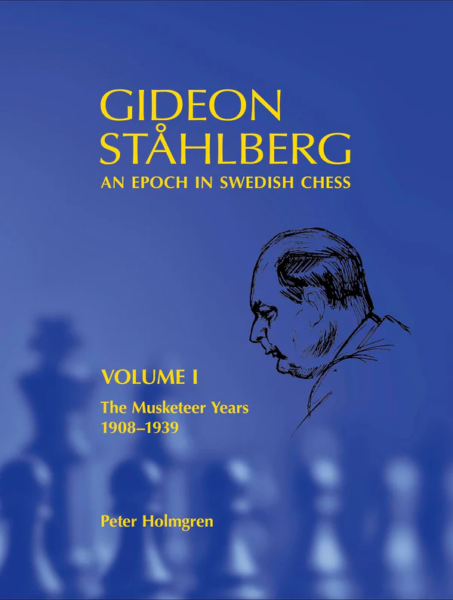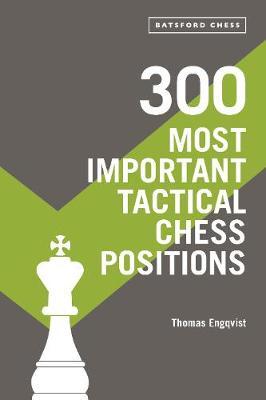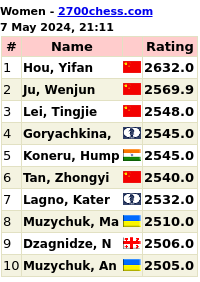
I feel that the Swedish chess community—and indeed, the chess world as a whole—owes Peter Holmgren a tremendous debt of gratitude. Since 2009, he has been gathering pieces of information about Gideon Ståhlberg from every conceivable source, committing himself to the lifelong project of writing the much-needed biography of one of Sweden’s greatest chess geniuses.
Gideon Ståhlberg (1908–1967) competes only with Ulf Andersson (born 1951) for the honour of being Sweden’s strongest chess player of all time. It is not easy to determine who was truly the best, but there is no doubt that this monumental 581-page book will remain a foundational work for anyone interested in exploring such a question.
”If Ståhlberg ranks higher than Ulf Andersson, that will always be the question, but without a doubt, Ståhlberg’s influence on Swedish chess cannot be overestimated. This work [Gideon Ståhlberg – An Epoch in Swedish Chess Volume 1 The Musketeer Years 1908-1939] attempts to provide a factual basis for readers to form their own opinions.” – Peter Holmgren, 2024
Ståhlberg was himself a skilled and accomplished writer, with numerous books to his name in both Swedish and Spanish, since he lived for many years in South America. Although Ståhlberg wrote books about himself, such as In Battle with the World Elite (1958), the best biographies are seldom penned by the subjects themselves. It takes an outsider with a sense of distance to achieve objectivity and bring a particular tone to the text, and Holmgren has succeeded exceptionally well in doing just that.
Holmgren has also successfully captured the era Ståhlberg lived in and the social circle he was fortunate enough to inhabit. He includes short biographies with small photographs, allowing readers to immerse themselves in Ståhlberg’s social environment, both his private and public lives. This is the way all biographies should be written. Holmgren has, in fact, set a standard for how an ideal, comprehensive biography of a chess player ought to be written. The focus should not solely be on the central figure but also on the setting, the era, and the people who enriched his life, creating the dynamic that surrounded Ståhlberg as an individual.
Naturally, few are privileged to write such an extensive and in-depth biography, as it must have required enormous sacrifices—not least for Holmgren himself but also for everyone involved. This is especially true for all those with whom Holmgren has interacted to gather as much Ståhlberg-related material as possible. Holmgren’s private chess library has certainly been just one drop in the ocean, given that he has also combed through countless newspapers and magazines from near and far.

The publisher Verendel Publishing, which has so far focused on high-quality literature, is behind the release of this book. When I personally received the book in my hands from Jan Verendel, it felt like a publication from the esteemed American publisher McFarland. In fact, this book will surpass even the grandest of McFarland’s chess literature, such as the books on Alekhine, Bird, Burn, and Blackburne, as in a few years, a second volume on Ståhlberg, equally comprehensive, will be released. Ultimately, the biography of Ståhlberg will exceed 1,000 pages. To say that I am thoroughly impressed by Holmgren’s work is an understatement. It is nearly impossible to imagine the blood, sweat, and tears behind this book—a fact readers will instantly recognise upon holding it in their hands. This book will forever grace readers’ bedside tables, and, in due course, take a place of honour on the bookshelf as they await the second volume.
The book is written in English and can be ordered at https://verendel.com/products/gideon-stahlberg-an-epoch-in-swedish-chess
Thomas Engqvist






Senaste kommentarer